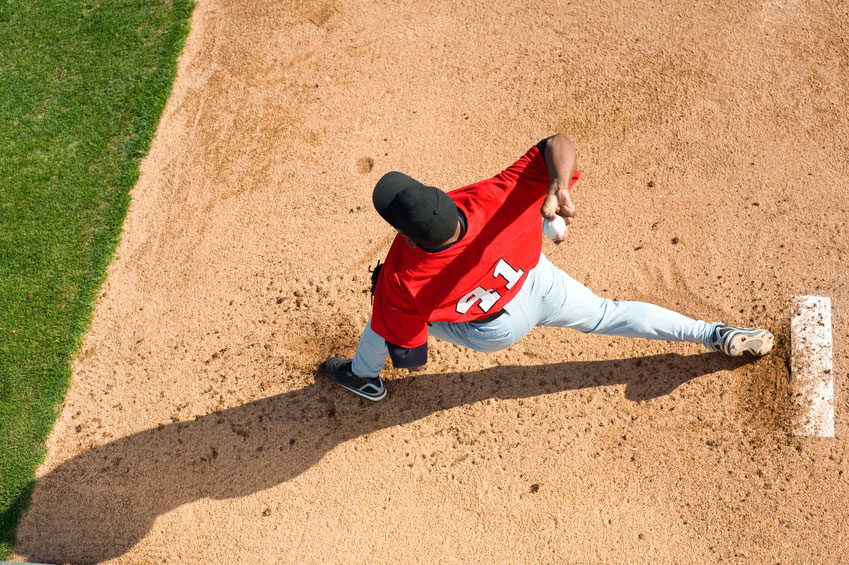Prevention and Rehab of Arm and Shoulder Injuries in the Overhead Athlete
The Brewers are in Spring Training and so are we! Spring brings sunshine, warmer weather, and of course, a return to throwing sports and competition. As athletes begin to shake off the rust and prepare for baseball or softball season, it is important to gradually start conditioning to allow for the highest level of performance and smallest risk of injury. If an unfortunate injury happens, there is a lot that can be done for a quick and timely return to prior level of function in competition.
Most throwing related shoulder or elbow injuries are strains due to overload or overuse. This can be related to sport specific adaptations such as lack of strength of the rotator cuff or flexibility and range of motion deficits. They also can be regular, every-day issues not related to sports such as poor posture or poor position of the shoulder blade. While strains are the most common issue, more advanced issues such as rotator cuff tears, labral tears, or ligament tears can also occur based on the mechanism of injury.
Whether an injury requires surgery or not, rehabilitation often includes three basic components: stretching, strengthening, and functional activity or sport-specific exercise. The first phase of rehab generally involves reestablishing a normal and pain free range of motion. Your physical therapist will identify any range of motion deficits and work with you to regain this. You may have heard the phrase “motion is lotion”. Improving motion will help decrease inflammation, prevent scar tissue or adhesion formation, and minimize loss of strength. Next, strengthening exercises are carefully progressed to improve neuromuscular control. Your physical therapist will personally design an exercise program for you, but exercises such as the “Thrower’s Ten” exercise program have shown to result in a 2-mph increase in throwing velocity in high school baseball pitchers. The final phase of rehab prepares athletes for return to sport and competition. Exercises then incorporate movement patterns specific to the throwing motion and require higher levels of strength, coordination, stabilization, and a throwing program if appropriate. The throwing program is not limited just to sports just as baseball, softball, or football. Athletes that compete in sports such as golf, tennis, or volleyball (among others) also benefit from a personally designed interval program as they all require significant overhead power and stability training.
Remember, there’s more to physical therapy than just rehab from an injury. Schedule a free injury screen at Freedom Physical Therapy Services and a physical therapist will personally work with you in a preventive approach as well!
Wilk, Kevin E., Leonard C. Macrina, E L. Cain, Jeffrey R. Dugas, and James R. Andrews. “Rehabilitation of the Overhead Athlete’s Elbow.” Sports Physical Therapy 4.5 (2012): 404-14.
Cools, Ann M., Fredrik R. Johansson, Dorien Borms, and Annelies Maenhout. “Prevention of Shoulder Injuries in Overhead Athletes: A Science-Based Approach.” Brazilian Journal of Physical Therapy.
Edmonds, Eric W., and Douglas D. Dengerink. “Common Conditions in the Overhead Athlete.” American Family Physician 89.7 (2014): 537-41

